At the top of the Santa Barbara fortress, I stopped to catch my breath, as much taken by the steep climb as by the spectacular view from the ramparts.
Between the Mediterranean Sea and the dust-colored mountains, the city basked like a cat in the evening sun. In the distance, the towers of Benidorm caught the last rays in a glimmer of gold. A cruise ship made its majestic way into the harbor.
It’s fair to say that Alicante wasn’t really on my travel bucket list until this moment. Ever since a terrible family holiday in the 1970s in a poky flat on the Costa Blanca, I’ve regarded it as little more than a synonym for cheapo Brits-abroad tourism of the dreariest kind.
What I failed to realize was that the Spanish provincial capital and the suburban seaside sprawl that surrounds it are two very different things. A classic example of the “airport town”, Alicante is usually avoided by visitors who run to the resorts of Jávea and Torrevieja.
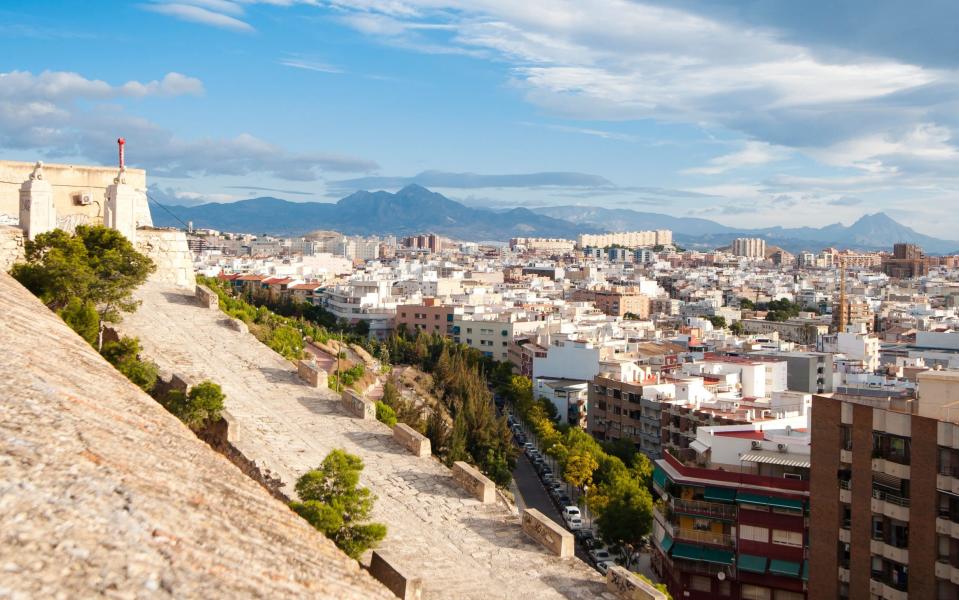
Compared to Málaga and Palma de Mallorca, which have recently gained notoriety as short break destinations in their own right, Alicante is still on the inside lane but – as I discovered on a recent recce – moving steadily in the same direction.
I arrived on a sunny afternoon in late February, and made my way to the Explanada de España, an elegant promenade lined with wave-like mosaic patterns and palm trees. I walked around a wall of mansion blocks with ornate fin-de-siècle facades and elegant cupolas, passing groups of locals in short sleeves with their jackets over their arms. When the Explanada ended, El Postiguet – Alicante’s much-loved urban beach – began with its mirror-calm water. Everything was quiet and easy.
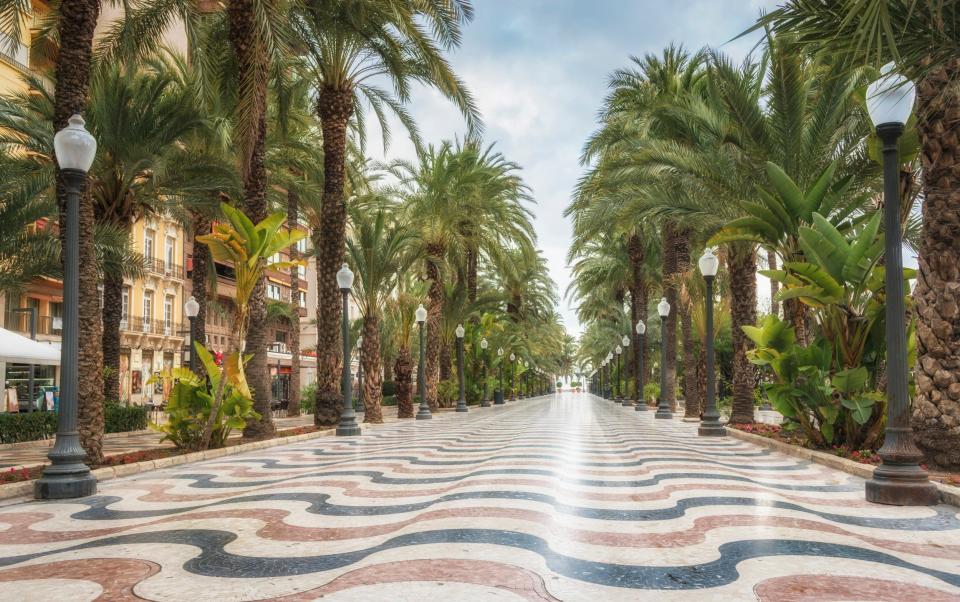

But there is much more here than the beach and the warmth of spring: Alicante also has culture and personality in spades. There was plenty to recognize in the old town’s sandstone palaces, its grand Renaissance churches, and its small squares like the tasteful Plaza Gabriel Miró, an urban oasis cooled by springs and shaded by monumental ficus trees.
Santa Cruz, the once down-on-heel gypsy quarter clinging to the lower slopes of the Benacantil rock (it’s all over town like a moon mountain), is now a perfect Instagram-ready barrio of white houses and geraniums in gaily . painted pots.
An elderly man sat on a wicker chair outside his front door, taking in the morning air. Foreign buyers were taking up properties in Santa Cruz at an amazing rate, he told me: further proof of Alicante’s ever more cosmopolitan character.
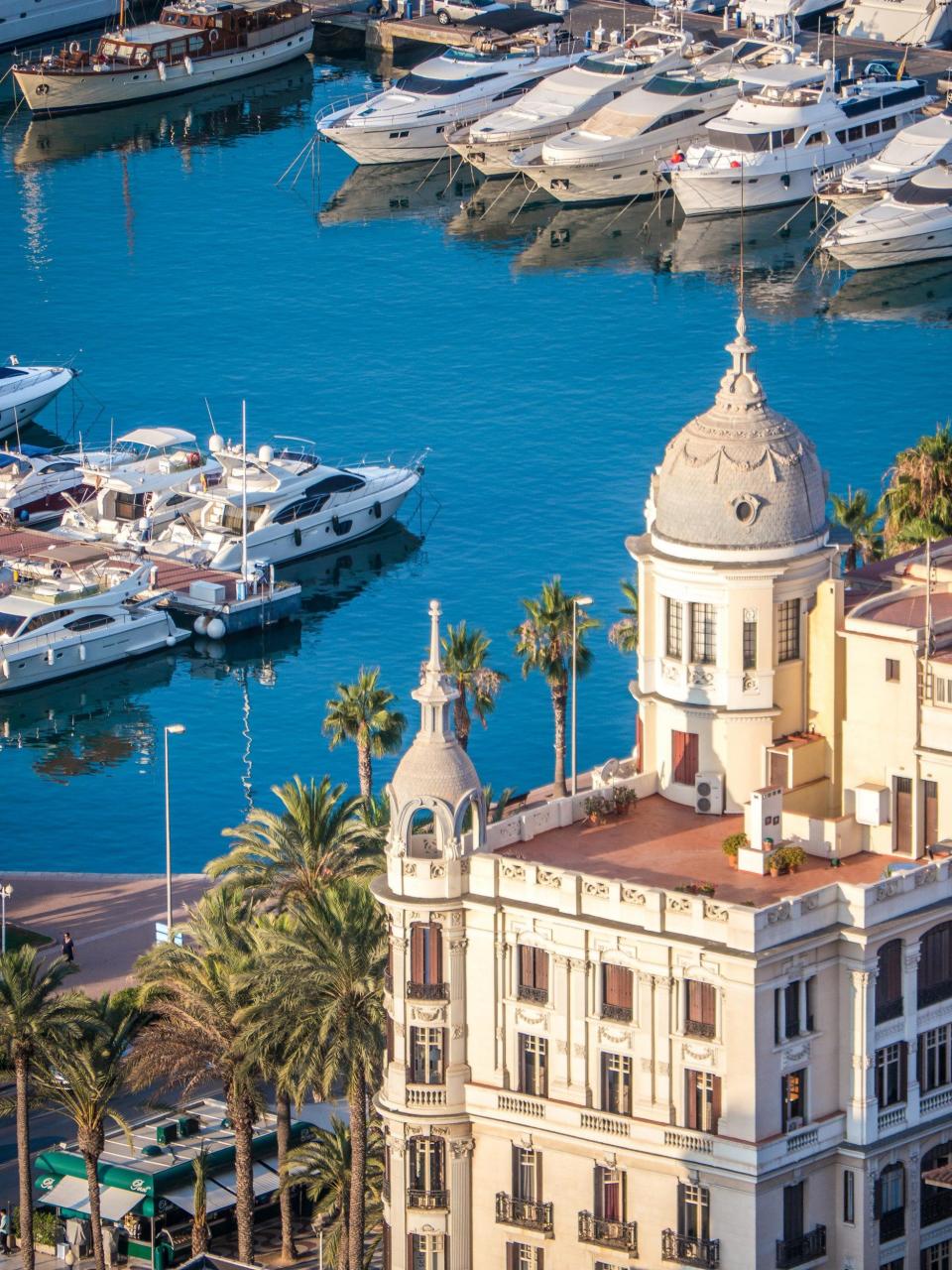

But this is a place that is still firmly connected to local tradition. On the Rambla de Méndez Núñez, a girl walked over in a heavily embroidered silk skirt and lace headdress: the outfit worn during Alicante’s spectacular midsummer fiesta, Les Fogueres de Sant Joan (June 20-24), when huge figures in garish Disney colors. burning in the street among fireworks.
The bonfire-themed Museu de les Fogueres, further up the Rambla, gives an idea of how enthusiastically (and noisily) the city lets its hair down during that short night-to-day journey.
But what surprised me the most in Alicante was the food. Truly, the city is worth visiting for its gastronomy alone. A visit to the magnificent Mercado Central, a brick-built cathedral of food since 1922, was a useful primer in alicantino ingredients like dry-cured tuna mojama, succulent red prawns from nearby Santa Pola bay, and almond-based turrón. a popular sweet at Christmas.
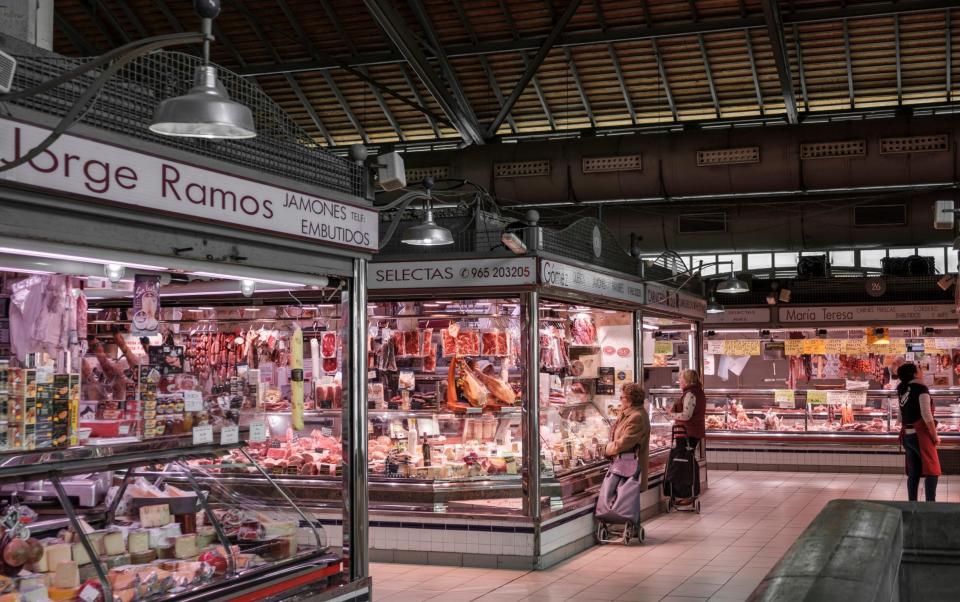

Alicante even seemed to have more bars and restaurants per square kilometer than most Spanish towns of the same size. There were excellent gourmet bars (Manero, A La Sazón, Taberna del Gourmet) and temples to local ingredients – among them the ageless Nou Manolín, where I fixed one night for red prawns. a la plancha and crisp-fried baby red millet.
There were old-fashioned pub-like tapas bars (Cantó, Cervecería Sento) and rice arrocerias like Dársena, a classic of the genre. Best of all, there was Epacio Montoro in the Vistahermosa district outside of town, where chef Pablo Montoro practices a spirited avant-garde cuisine full of trompe l’oeil tricks and unexpected tastes.
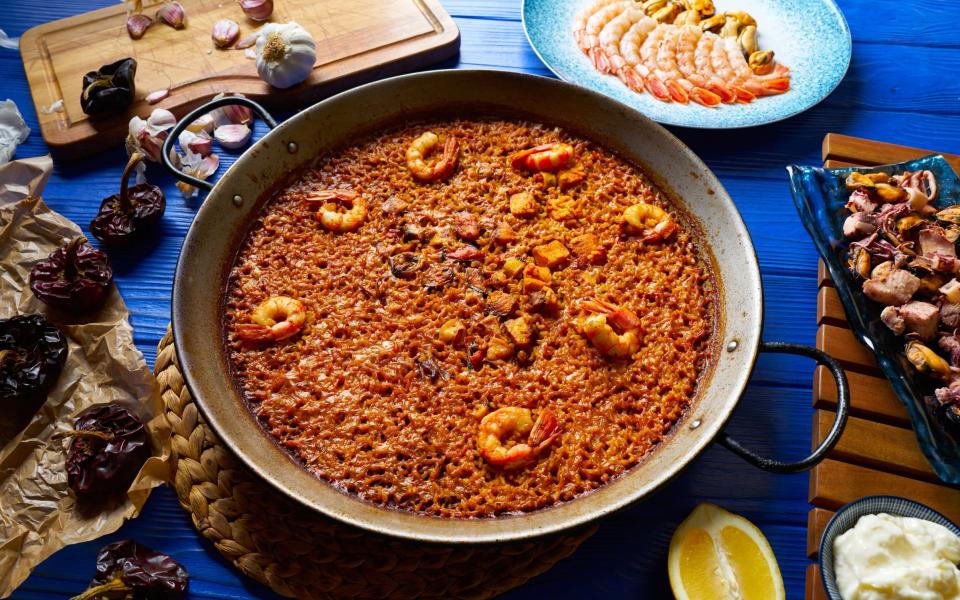

In my conversations with locals over the weekend, there was a common theme: the city is changing, mostly for the better; the streets are cleaner and smarter. These quieter months are now busier than ever, with a new contingent of visitors discovering the magic of the low season’s luminous climate.
But to me, at least, Alicante felt far from glossy, over-touristy Málaga. I found a big heart in it, handsome in a rough cut way and, crucially, still a little ragged and salty around the edges. Exactly the qualities you would want and expect, really, from your ideal seaside city in Spain.
Basics
Iberia (iberia.com) and Easyjet (easyjet.com) both fly from UK airports to Alicante from £46 return.
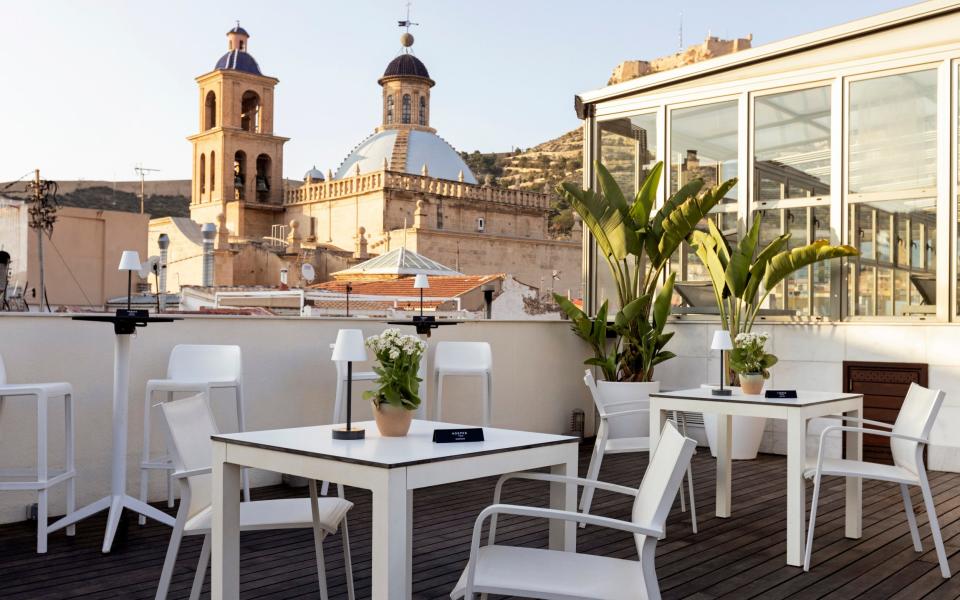

Paul Richardson was a guest at the five-star old town in a converted convent, Hotel Hospes Amérigo (hospes.com; doubles from £149 per night), the seaside mansion Casa Alberola (casaalberolahotel.com; doubles from £95) , and Alicante Tourist Board (alicanteturismo.com).